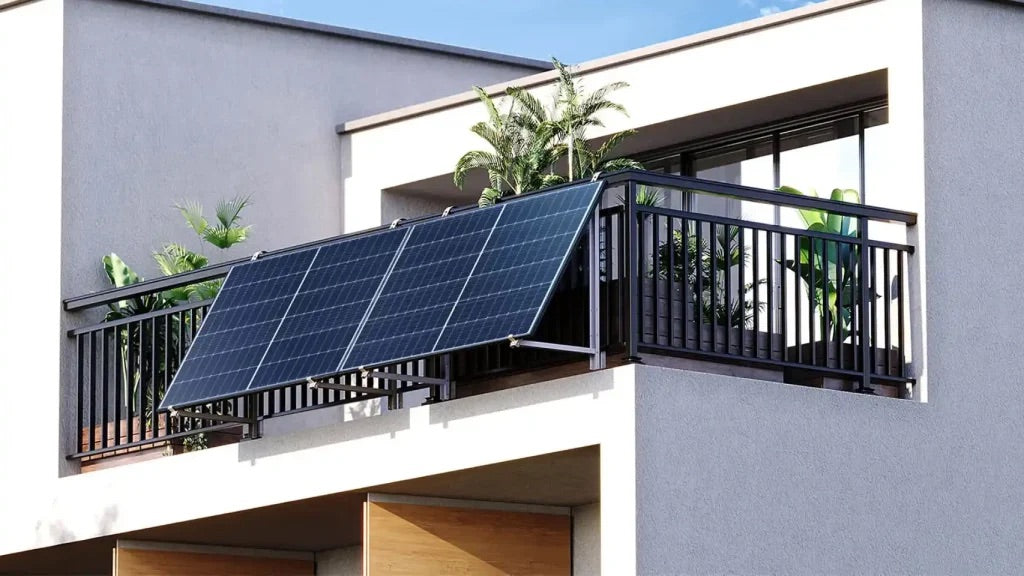
Solar panels or plug & play solar kits - what should I install at home to save on my power bill?
Following a series of recent posts answering questions raised by customers, today we want to discuss whether to install solar panels or a plug & play solar kit. To save on your rising power bills, producing your own electricity with solar is a very wise investment decision. So, why not install a few panels and go?
Why you can’t plug a solar panel into your home’s power plug
Solar panels are a great way to save on power bills. But the panels themselves are useless for residential use, since you cannot plug the MC4 plugs of the panels into your household’s electricity grid. On one side, MC4 plugs are a proprietary plug type used in solar electricity only. And also, solar panels produce DC power, while your household runs on AC. Also, to monitor what your panels produce, you need a measuring device.
The microinverter does the magic
Enter the micro inverter, a small solar inverter that has made it possible to install individual solar panels. Traditionally, all panels of a solar installation are connected to an inverter. Since the whole installation produces only as much as its weakest component, this creates problems for the installation if a single panel, or even a cell of one panel, has some production issue. To address this issue, small versions of inverters were invented, called micro inverters. One micro inverter can connect from 1 to 4 panels, reducing the risk of production decreases on bigger installations. As a side effect, micro inverters allow the installation of single panels also at home, and are a key element in the advent of plug & play solar kits.
Modern micro inverters, like the ones from Tsun that we use at Robinsun, have direct WiFi connectivity included. This means that you can connect the micro inverter directly to your home’s WiFi network, without any additional devices, and monitor the productivity of your solar panels directly from the micro inverter itself.
How to install yourself
To install your kit at home, other than solar panels and a microinverter you need a special cable to connect the micro inverter to your household’s power network. Micro inverters usually use Betteri plugs, of various types, so getting the right cable is crucial, since Betteri plugs are specialist electrical equipment and not readily available at your next DIY store.
Then comes the next question: where do you want to fix your solar panels? A solar panel of the size used in our Robinsun Performance 800 kits can weigh up to 25 kg, and develops a sail effect when the wind blows. To optimize production, you need to install it at an angle, like with our 20 degree mount. Therefore selecting the right accessories to mount your solar panel properly is another important aspect for your plug & play installation.

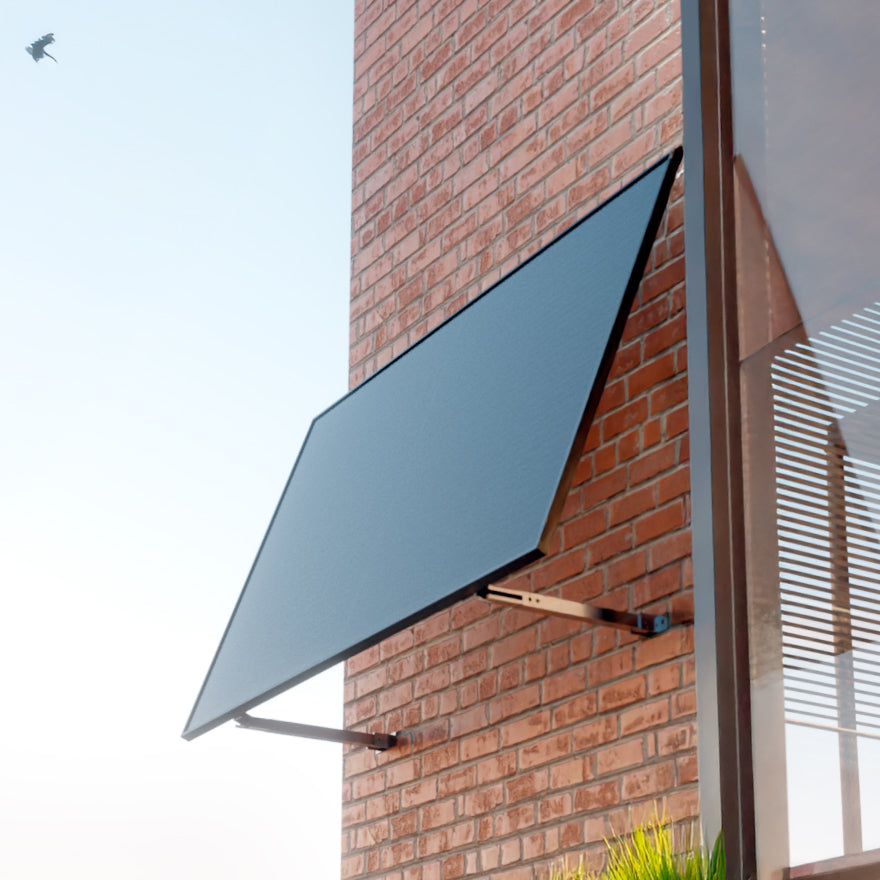
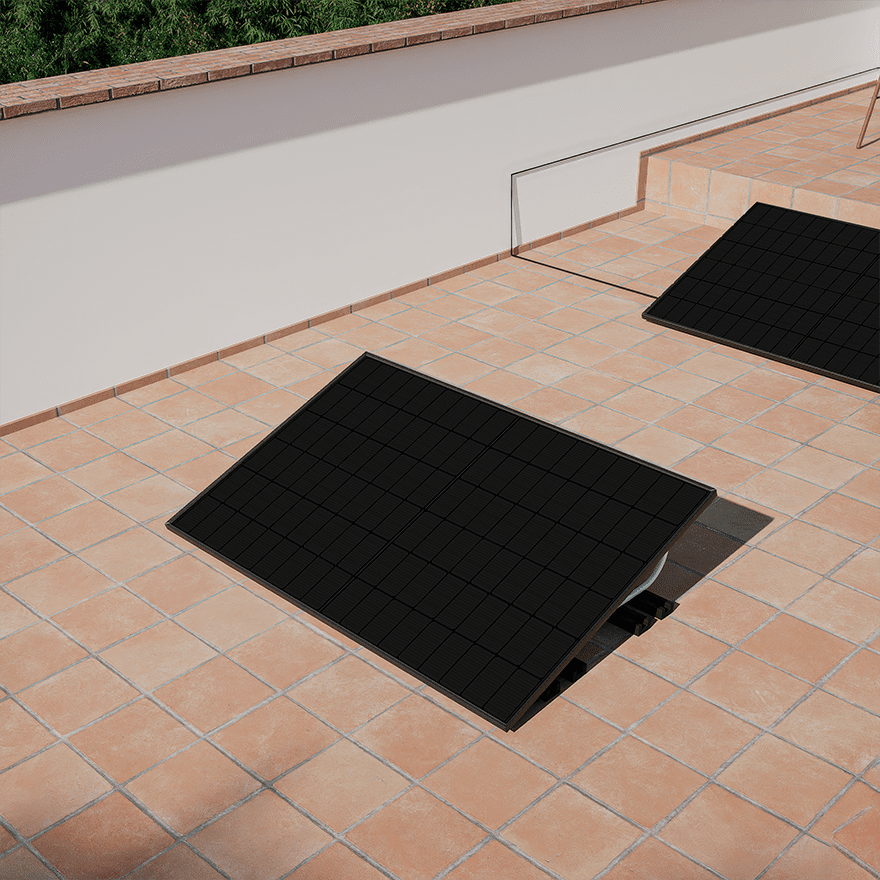
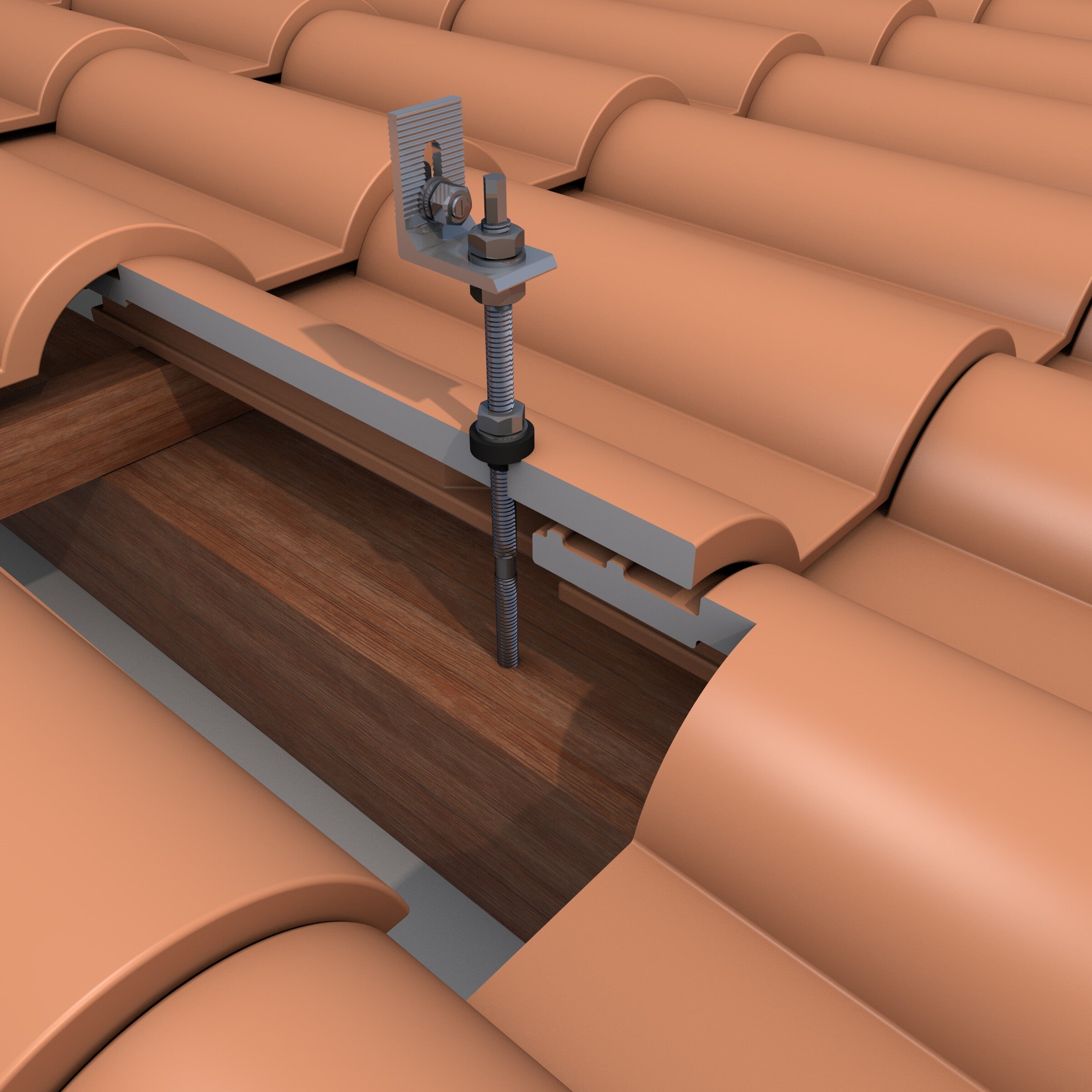
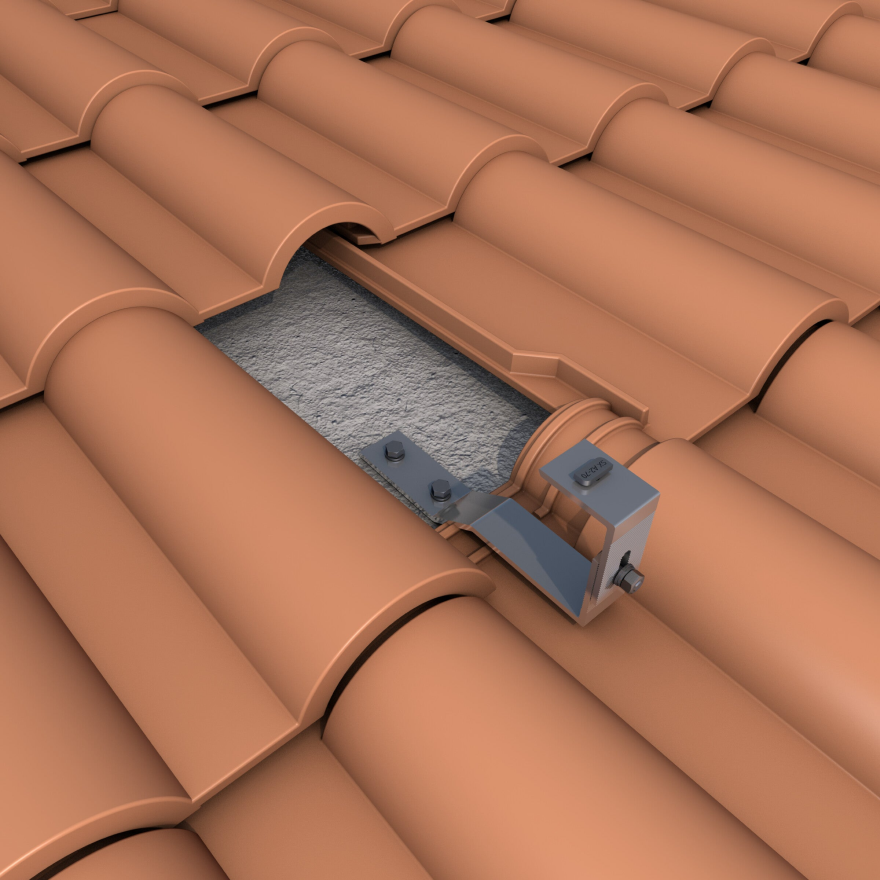
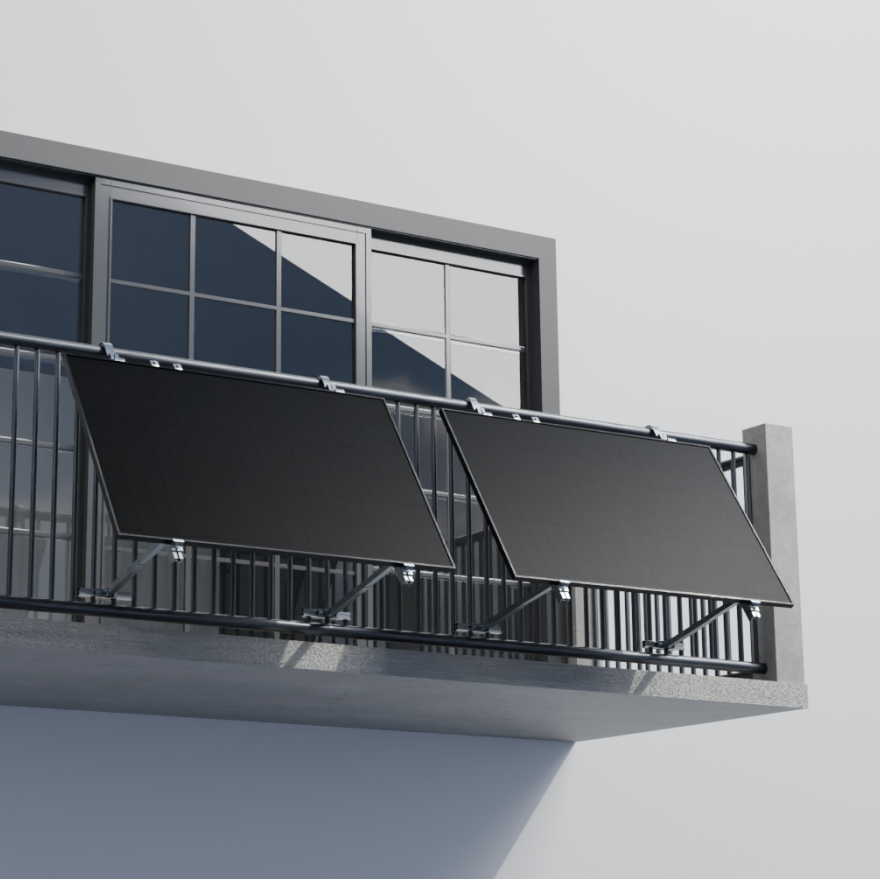
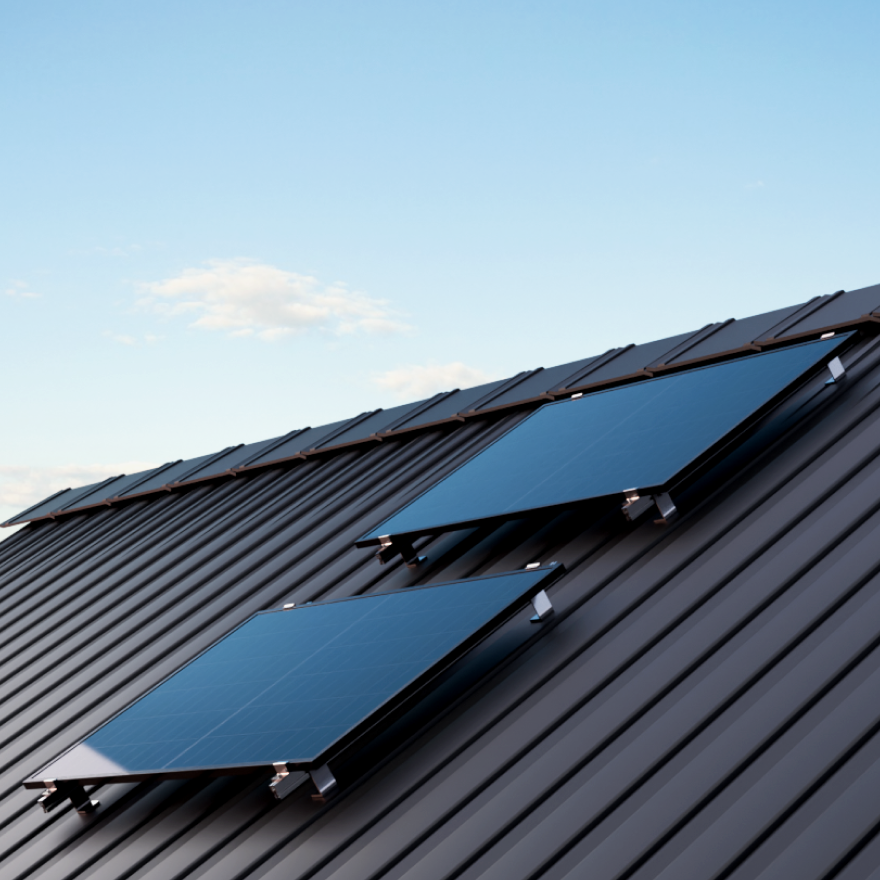
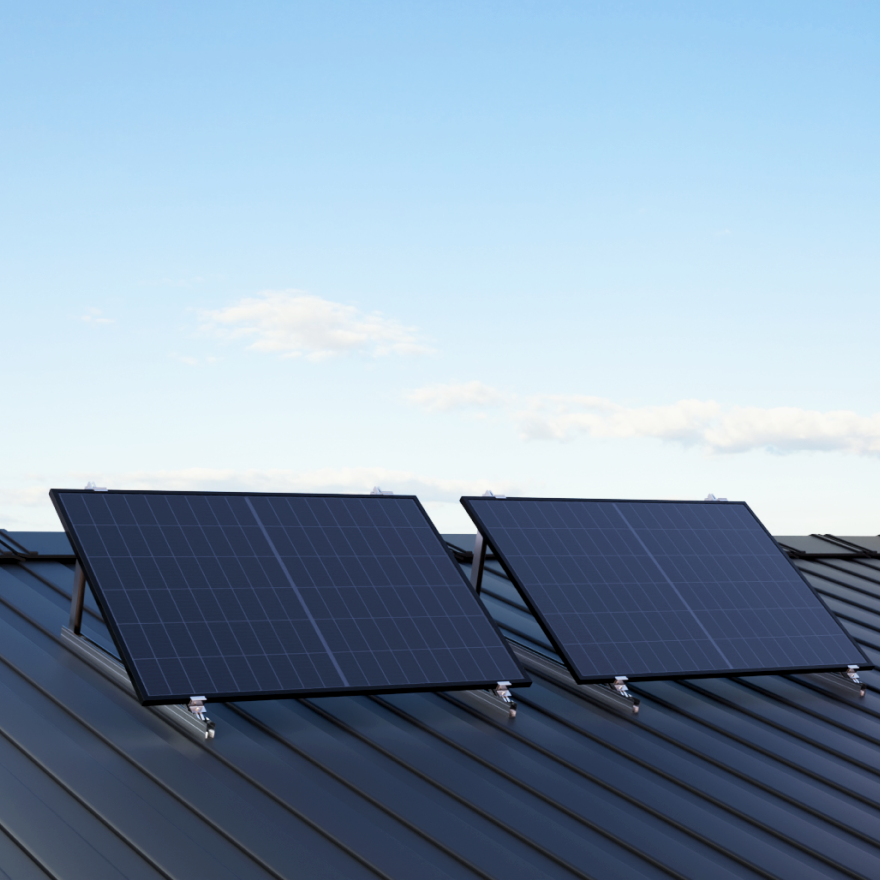


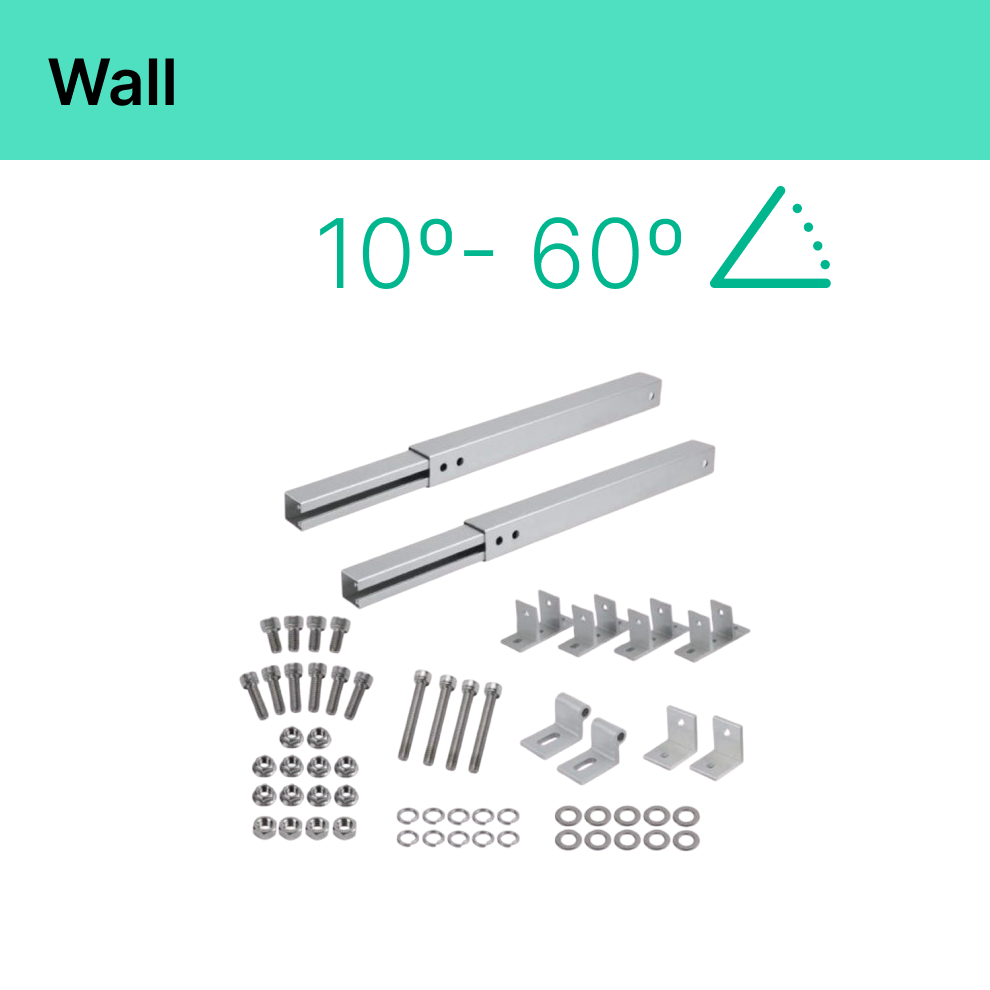
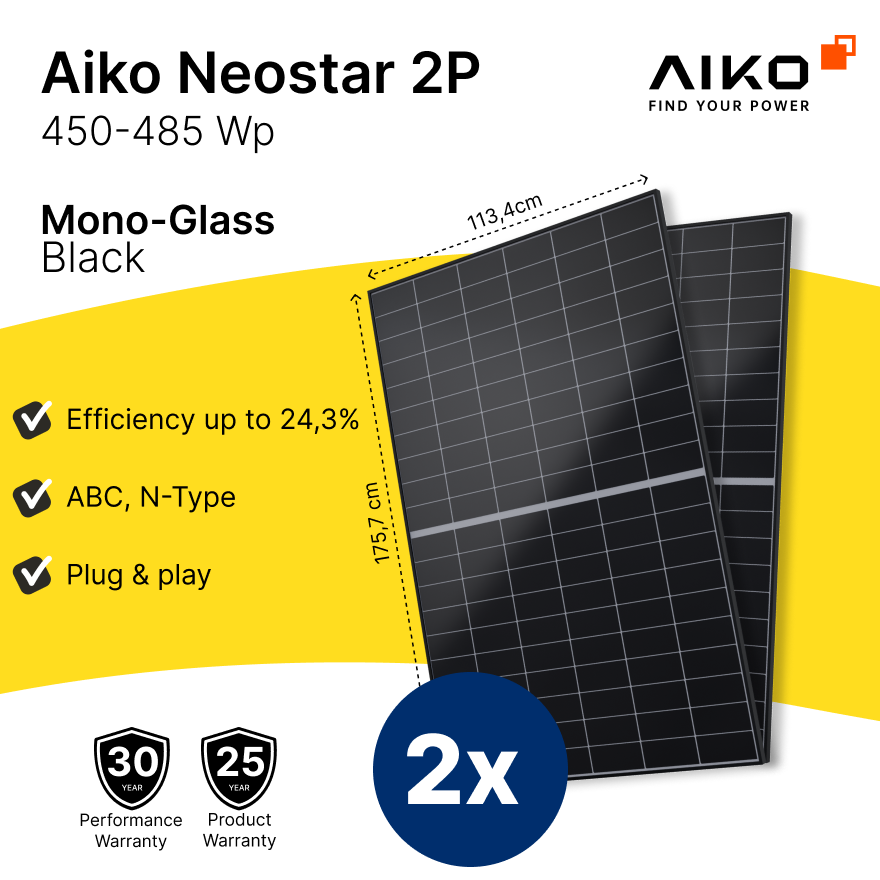
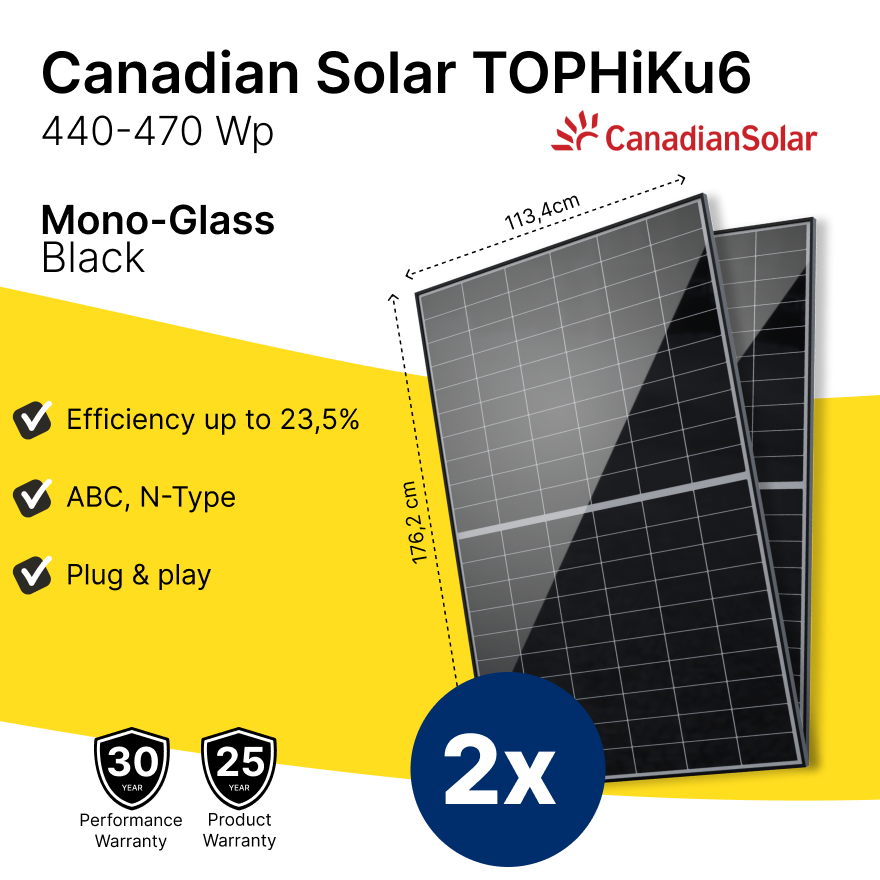
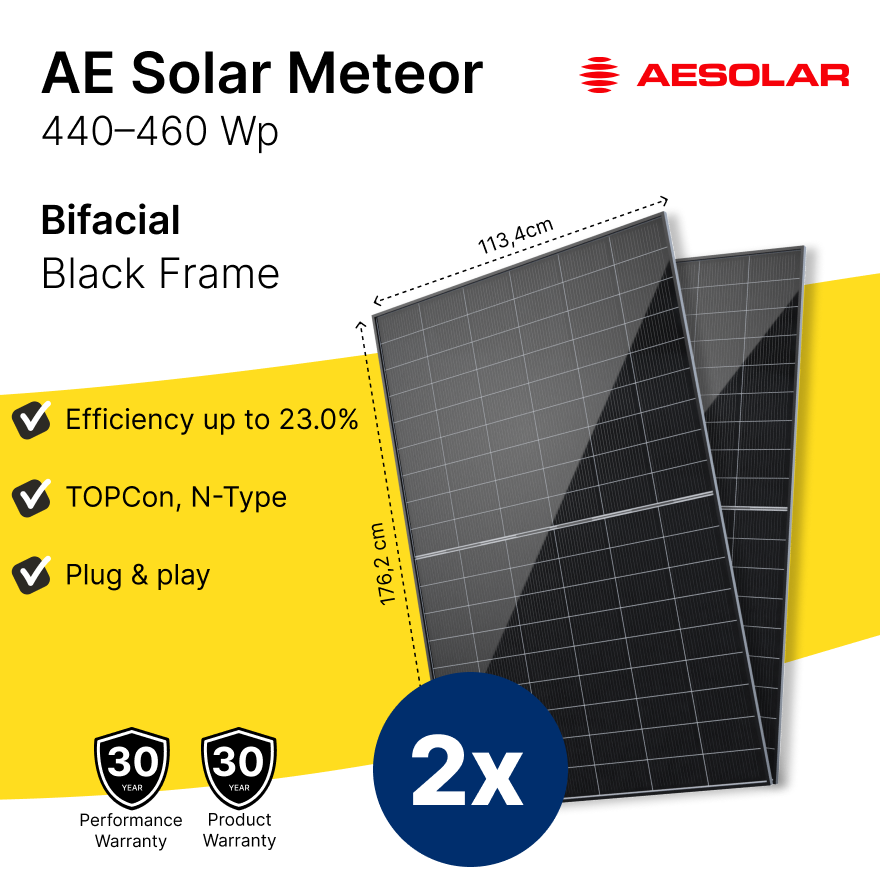

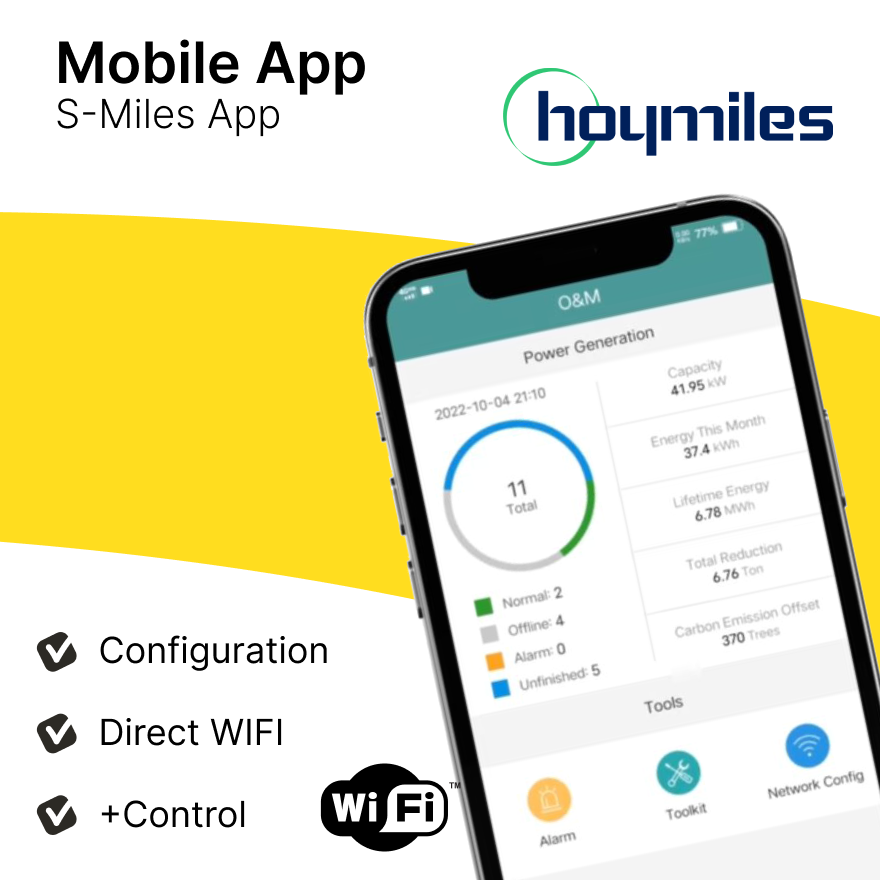
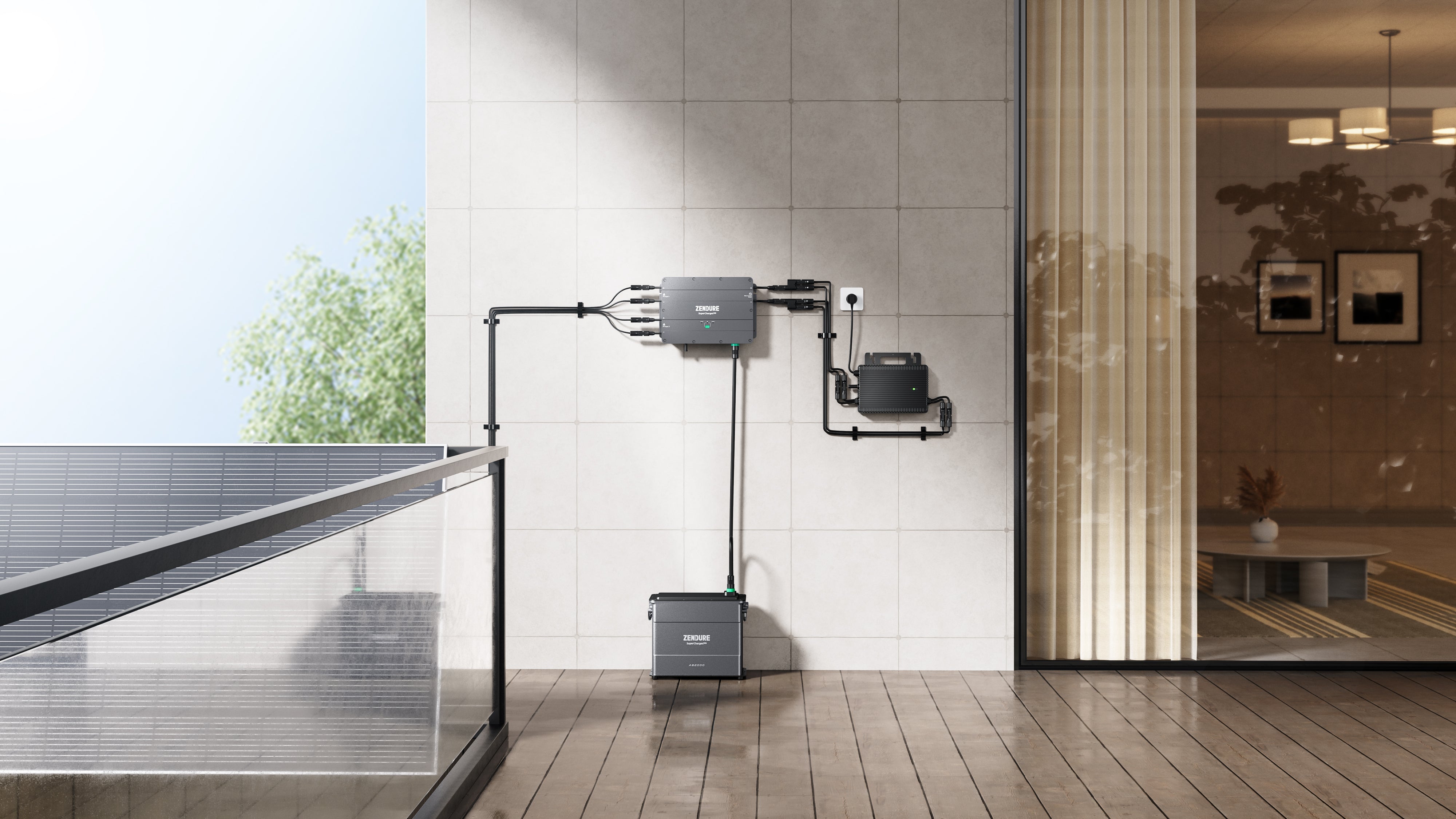
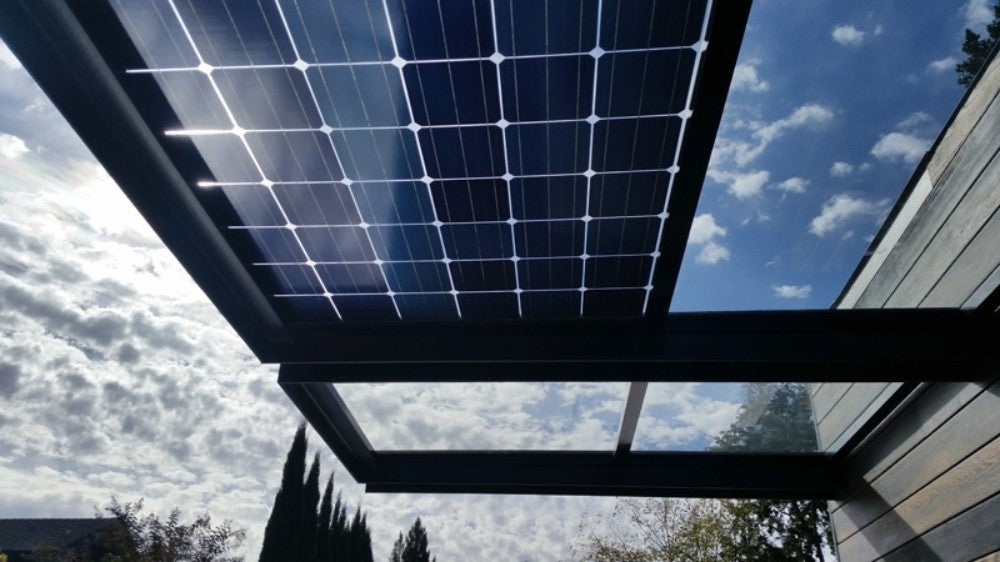
Leave a comment
This site is protected by hCaptcha and the hCaptcha Privacy Policy and Terms of Service apply.